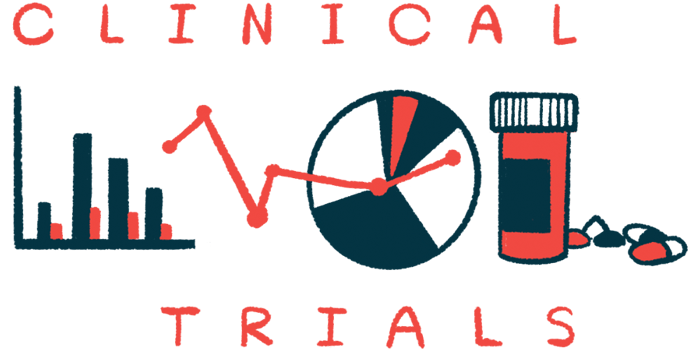Trial of Pociredir for SCD completes enrollment of high-dose group
Developer Fulcrum Therapeutics plans launch of open-label extension

A Phase 1b clinical trial has exceeded the enrollment target for the group of adults with sickle cell disease (SCD) who will receive the highest dose of Fulcrum Therapeutics‘ experimental oral therapy pociredir.
Previously reported data on the 12 mg dose group of the ongoing Phase 1b PIONEER trial (NCT05169580) showed pociredir was generally safe and that it exerted its effect as intended.
“The strength of those results has generated significant interest and engagement from investigators and patients, reflected in the over-enrollment of the 20 mg dose [group],” Alex C. Sapir, Fulcrum’s president and CEO, said in a company press release. “We look forward to sharing results from the 20 mg dose [group] by the end of 2025.”
Meanwhile, the company plans to launch an open-label extension trial to allow all of those completing the PIONEER trial to receive pociredir for a longer period.
Pociredir designed to induce production of fetal form of hemoglobin
In SCD, genetic mutations lead to the production of an abnormal version of hemoglobin, the protein in red blood cells that carries oxygen throughout the body. As a result, red blood cells adopt a sickle-like shape, making them more prone to die than healthy cells. They can also block blood flow, triggering severe pain episodes known as vaso-occlusive crises (VOCs).
SCD-causing mutations affect the adult version of hemoglobin, but not the fetal form, called HbF, which is active before birth. The production of HbF is turned off sometime in infancy.
Pociredir is an oral medication designed to induce HbF production by blocking EED, a protein that helps suppress HbF production beyond infancy. Formerly known as FTX-6058, the therapy is expected to boost HbF, a more effective oxygen carrier than its adult counterpart, and ease SCD symptoms, including VOCs.
Real-world data from 573 SCD patients, ages 2 to 62, presented by Fulcrum earlier this month at the 20th Annual Sickle Cell & Thalassemia Conference, demonstrated an association between higher blood HbF levels and fewer VOCs per year. HbF levels above 20% were associated with zero annual VOCs for more than 90% of patients, the data showed.
Oral therapy shown to boost HbF levels in Phase 1 trial
In a now-completed Phase 1 clinical trial (NCT04586985), pociredir was shown to boost HbF levels in healthy adults.
In PIONEER, adults with SCD, ages 18 to 65, are being treated with pociredir at doses ranging from 2 mg to 20 mg, once daily for up to 12 weeks, or about three months.
Data from the first 16 participants who received the 12 mg dose showed that mean blood HbF levels increased by 8.6%, from 7.6% to 16.2%. Seven (44%) participants had HbF levels above 20%, a threshold associated with a significantly reduced risk of VOCs, and eight (50%) reported no VOCs over the treatment period.
All treatment-related adverse events in the 12 mg group were mild in severity, with no reported treatment-related serious adverse events or discontinuations.
We are extremely pleased with the compelling data from the 12 mg dose [group] of the PIONEER trial, which demonstrated that pociredir has the potential to meaningfully improve outcomes for people living with sickle cell disease.
In 2023, the U.S. Food and Drug Administration placed a clinical hold on the trial due to potential cancer risks associated with medicines targeting PRC2, a protein that interacts with EED. The hold was lifted later that year after limiting the trial’s inclusion criteria, allowing the 12 mg dose group to resume enrollment.
“We are extremely pleased with the compelling data from the 12 mg dose [group] of the PIONEER trial, which demonstrated that pociredir has the potential to meaningfully improve outcomes for people living with sickle cell disease,” Sapir said.
Initial data from the 12 evaluable patients in the 20 mg dose group showed that their mean HbF level was 7.1% at the study’s start. The company also reported a greater than 90% adherence to the therapy so far.
Additional data from this group will be presented by Fulcrum at the 67th American Society of Hematology Congress, to be held Dec. 6-9 in Orlando, Florida.








